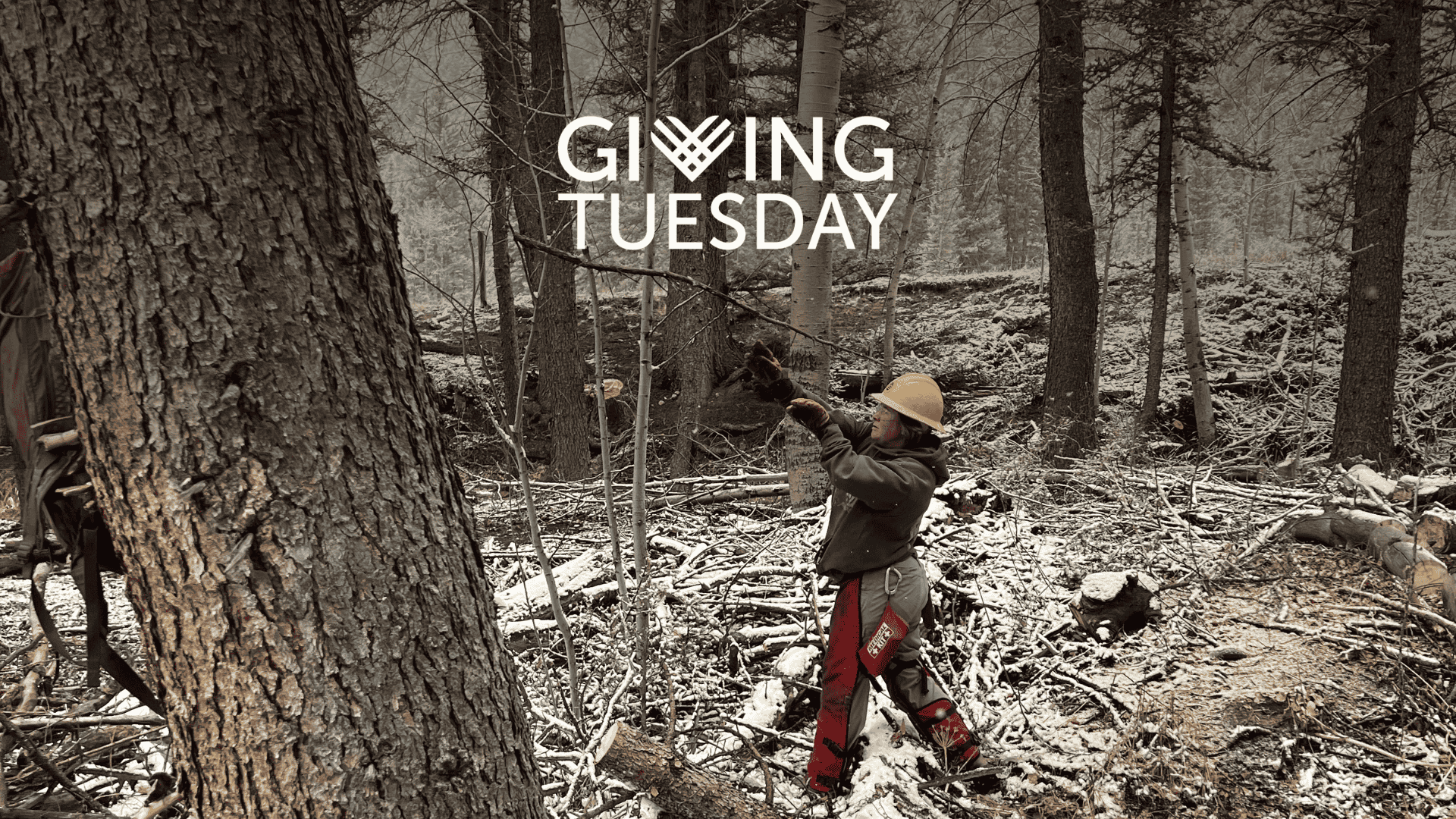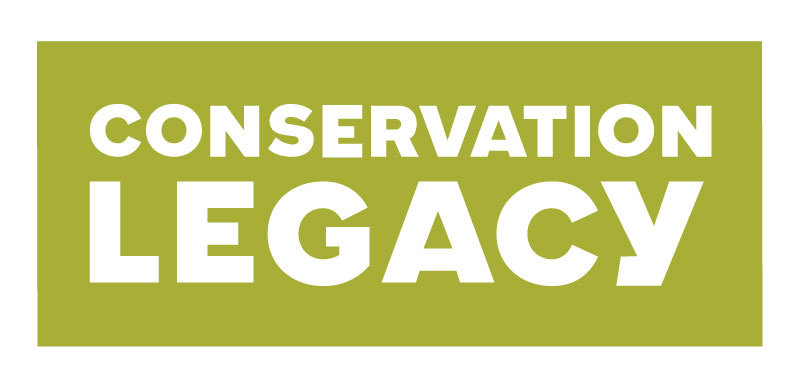Monarch Butterflies and Citizen Science
In a time of conflict in our nation, where every issue is controversial and multi-faceted, at least one thing can unite us: monarch butterflies. Butterflies have been used for thousands of years in religions and societies across the world to symbolize the human soul, transformation, renewal or rebirth, the journey to the afterlife, or death (Peregrine Johnson). What’s more, monarchs are used as a teaching tool for students in elementary through high school to model the cycle of life, demonstrating how an egg can grow into a caterpillar, chrysalis, and eventually an adult butterfly. Additionally, monarch butterflies are important pollinators in agriculture and other habitats throughout the North American continent. There is no denying the cultural and ecological importance of monarch butterflies, and the public has been captured by the beauty, grace, and charm of the species. As such, the dramatic decline in numbers of the critters resonates with many Americans. Populations of monarch butterflies have been in decline since the 1990s for various reasons including overwintering habitat loss, milkweed loss in breeding areas, and agricultural insecticide use (Thogmartin et al. 2017) and researchers are beginning to understand the full extent and impact of the loss of these creatures.
Karen Oberhauser is one such scientist. Karen is a powerhouse in the field of monarch butterflies and has been studying monarchs since 1984. At the University of Minnesota, her expertise and experience earned her the spot of director of the Monarch Lab for many years, and she founded the Monarch Larva Monitoring Program in 1997 during her tenure there. The Monarch Larva Monitoring Program (MLMP) is an international citizen/community science-based program, led by volunteers across the continental US, Canada, and Mexico. The purpose of the study is to get long-term widespread data on the population dynamics of the monarch.
Here at Mississippi National River and Recreation Area (MISS), we have been contributing to the MLMP since 2016. The park project was founded and run by biotechs in summers of 2016-17, and in 2018 the program was passed to the CVA at the park. In the first two years of the project at MISS, one site at Coldwater Spring was identified and used in the study. In 2018, a second site was added and the project expanded. Both monitoring areas have continued to be used this summer. I hosted a kick-off training in May at our HQ to discuss the protocols, identification of monarch caterpillar instars, and data sheets. We have been monitoring weekly since June. So far, we have examined 2179 milkweed plants and have seen 54 monarchs at any stage at both sites.
Because I want to become a high school science teacher, this project has been a wonderful learning experience for me, from planning a recurring event to creating a variety of materials to accompany the project, to teaching scientific protocol to non-science oriented folks. Working with our volunteers on this long term project throughout the summer has been incredible as well, and their dedication shines through even on the hottest of evenings. Even when we saw no monarchs at the most recent monitoring event, the volunteers were still uplifting and encouraged each other. I’m thankful for both the opportunity to promote and participate in citizen-science programs as well as work with such delightful people to help save our nation’s monarch butterflies.
Resources: https://www.baylor.edu/lakewaco_wetlands/index.php?id=34628
https://royalsocietypublishing.org/doi/full/10.1098/rsos.170760
Written by Claire Jaeger Mountain, CVA at Mississippi National River and Recreation Area






